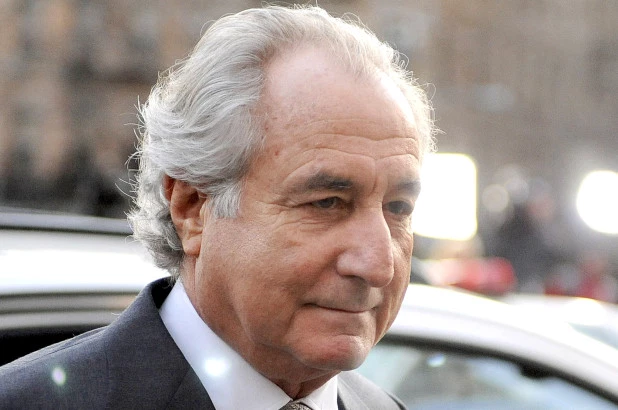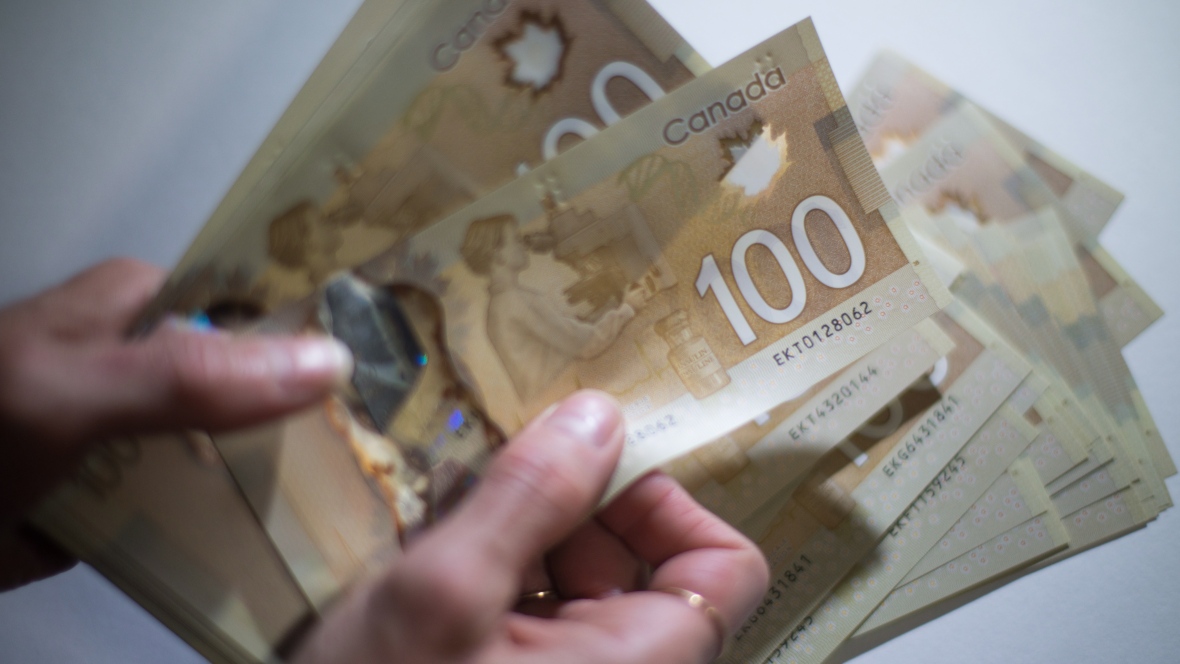The topic of money laundering probably isn’t an icebreaker at a social event but it is an elephant in the boardroom. It can’t be ignored. Whether you want to dwell on it or not, it’s important to know about the impacts money laundering has on business. With that said, it’s worth examining some of the statistics surrounding money laundering and what they mean for businesses, including yours.
Money Laundering By the Numbers
Global GDP
Between $800 billion and $2 trillion of the world’s global economy (2.5% of it) gets washed every year, says the United Nations Office on Drugs and Crime. The criminals behind money laundering typically swapped funds for precious metals, mis-stated invoices and rinsed cash through casinos.
Worst Countries For Money Laundering
As of August 2017, Iran stands at the top of the Anti-Money Laundering (AML) risk index with a score of 8.6, the world’s highest. Afghanistan comes second with a score of 8.38, while Guinea-Bissau comes 3rd with a score of 8.35.
Money Mules & Age
Money mules – people who accept or transfer illegally obtained funds on behalf of money launders – tend to be young. For example, in the U.K., there were 8,652 cases of misuse of facility among people who were under age 30, mainly those ages 18-24 between January and September of 2017. That’s a 75% increase in that age bracket.
The majority of these young people are unaware of how criminals were using them and often fell prey to laundering schemes on social media platforms such as WhatsApp. They also usually came from poorer backgrounds.
Crypto Money Laundering Peaks
Experts predicted that money laundering involving cryptocurrency (ie. Bitcoin, Ethereum and other digital coins) would reach $1.5 billion in 2018. In June of this year, CipherTrace, a data collection agency for cryptocurrency, reported that $761 million had already been laundered by means of cryptocurrency. That was nearly a three-fold increase from 2017, where just $266 million had been laundered.
Fun Fact: The Origins Of the Term “Money Laundering”
Historians claim the term money laundering originated from the Italian mafia, notably Al Capone. During the 1920s and 30s, Mr Capone and his associates would buy laundromats (hence the term ‘laundering’) to mask profits made from illegal activities such as prostitution and bootlegged liquor sales.
However, another figure allegedly pioneered the technique – Meyer Lansky. Known as the mob’s accountant, Lansky worked with the infamous mobster, Charles “Lucky” Luciano. He proposed the practice after fearing he’d suffer the same fate as Al Capone, who was arrested and convicted for tax evasion.
Money Laundering By the Numbers
Money laundering, unfortunately, is big business. As mentioned above, it’s grown into such a large force that it has eclipsed the GDPs of entire countries. It has had a corrupting influence on young people and it’s already being misused by criminals through emerging technology.
It’s important to recognize the significance of these numbers because they show how pervasive money laundering is. As an individual who works in a corporate setting, it’s important to take the issue of money laundering seriously, because it can help you and your colleagues plan and protect your organization from its clutch. Building a strong defense against money laundering is half the battle itself.




